Yongla Pelri Gonpa
The founder of the monastery Kheydrup Jigme Kundel was from Darlung Kha in
Wang, Thimphu in the 18th century. In a dream Khandro Dechen Gyalmo appeared to
him on one fateful night and informed him that this was not the destined place.
Guided by this vision he finally reached Yongla in Pemagatshel. On reaching
Yongla he found the landscape very similar to that of Tsari in Tibet and he
asked the spirit to confirm him in his beliefs that this was indeed the correct
site foretold by his master. The spirit replied yes, yes (yong, yong) and
thereby the area came to be known as Yongla.
Now positive that he was in the
right place, Jigme Kundel meditated immediately. As time passed people from the
nearby villages approached him for blessings and teachings. Jigme Kundel
graciously gave them blessings and teachings and over time built a meditation
centre.
He soon attracted many disciples and
centres flourished around Yongla. A nunnery was also established close by, and
was looked after by Kudung, a disciplinarian. Exactly a year to the day after
the death of Lama Jigme Kundel at the request of Lama Dorji Jamtsho
construction of a monastery was initiated.




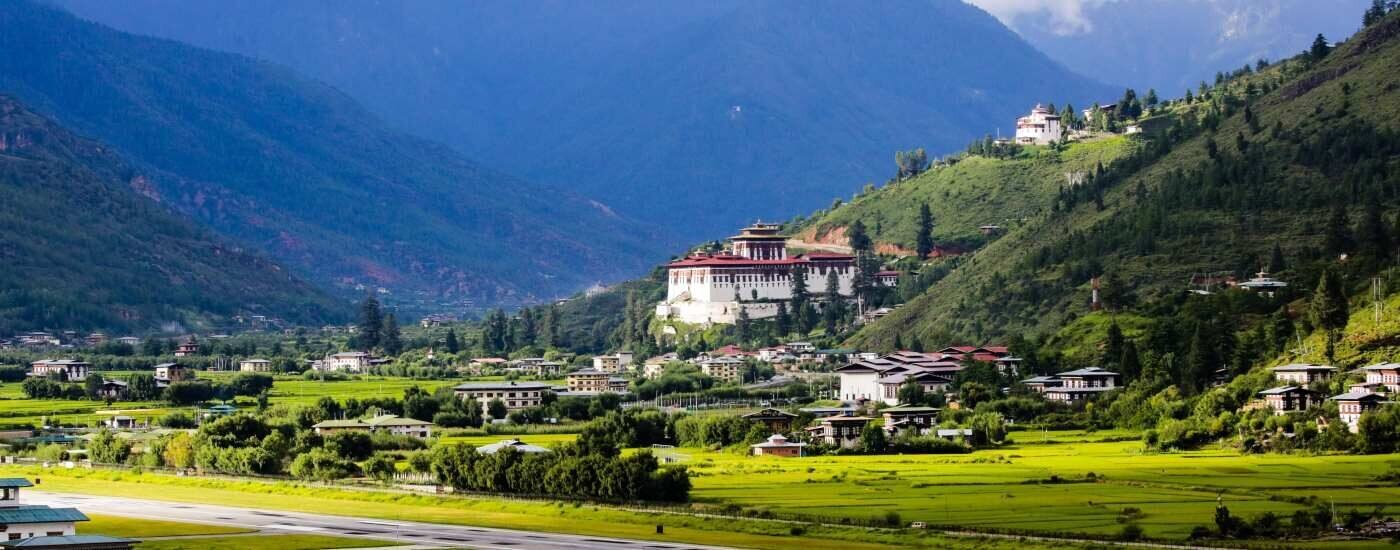
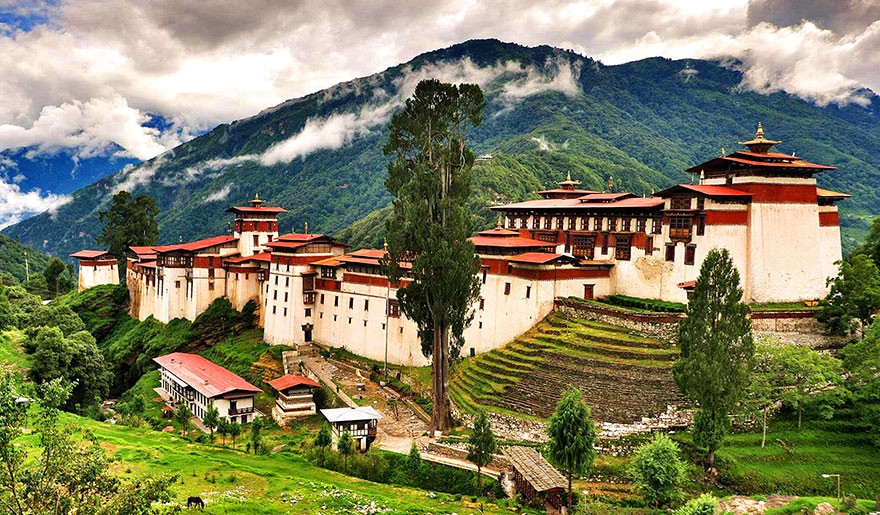
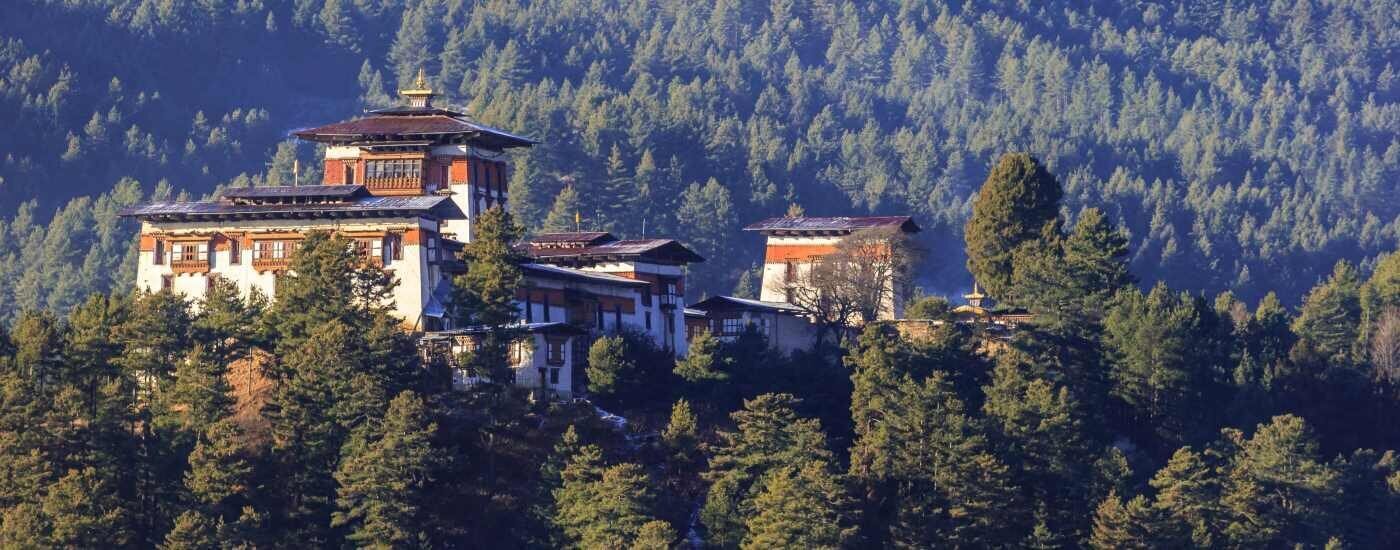
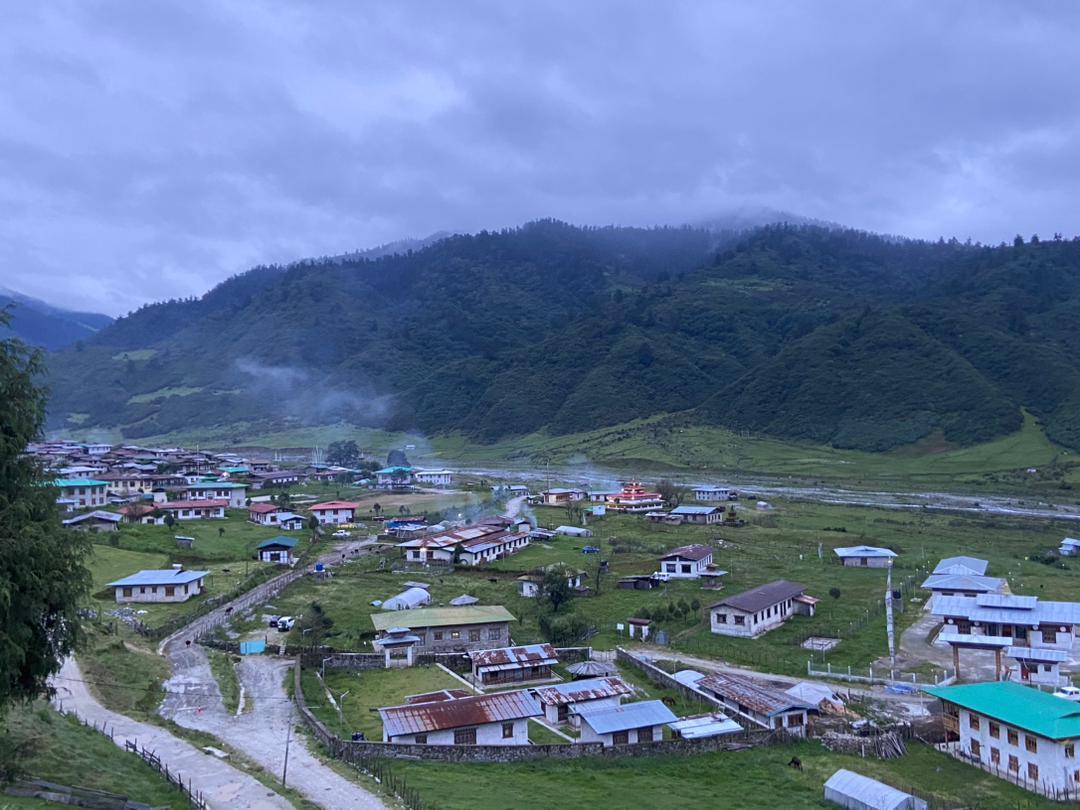
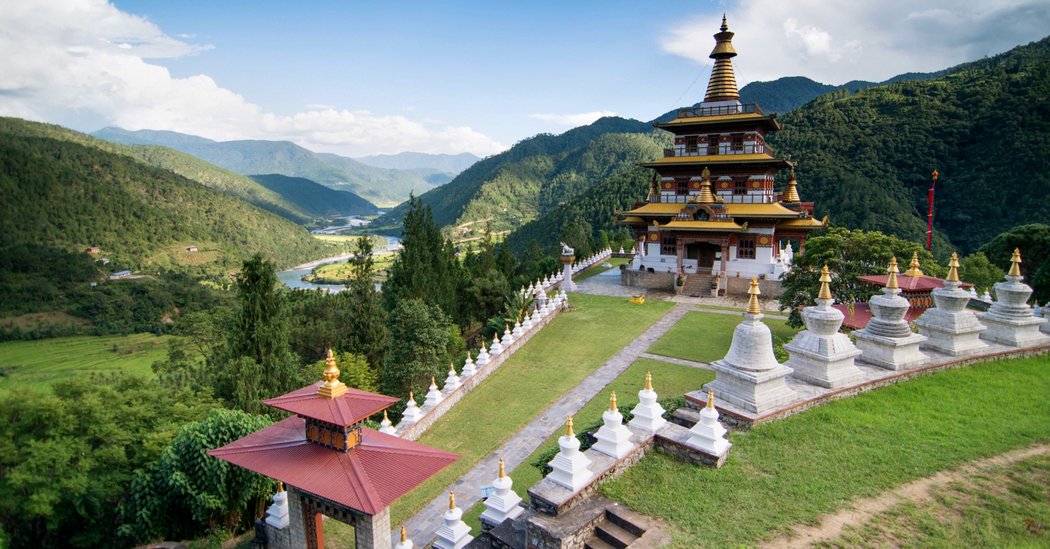
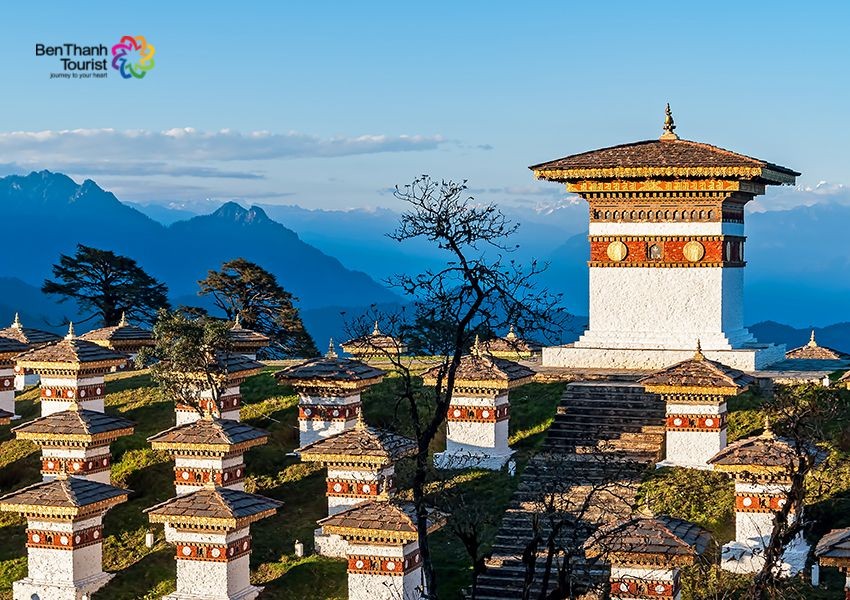
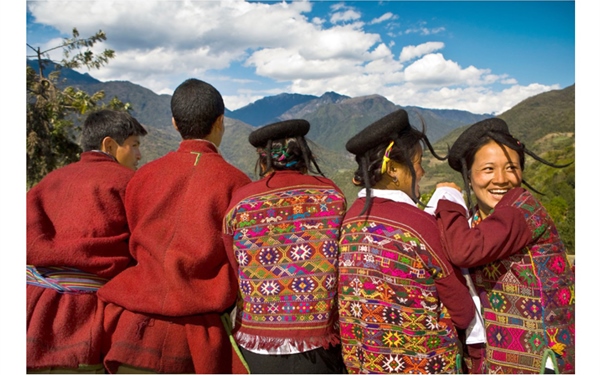
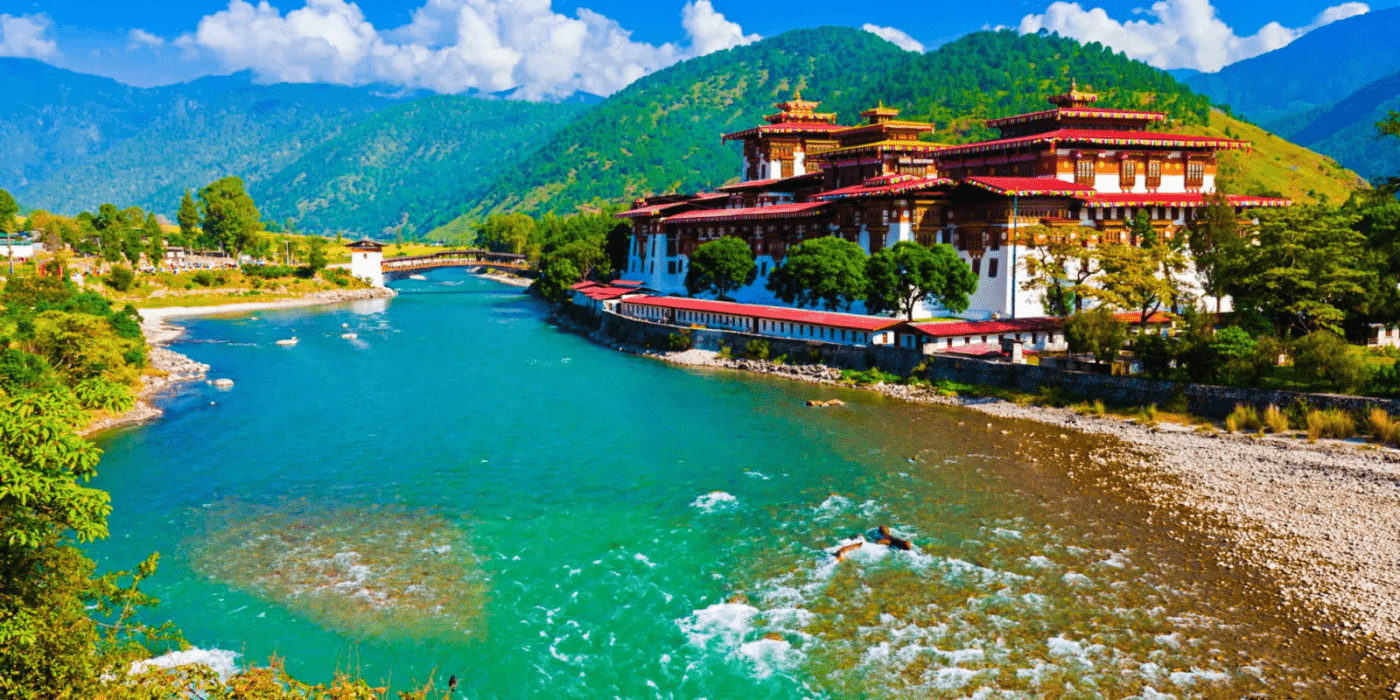
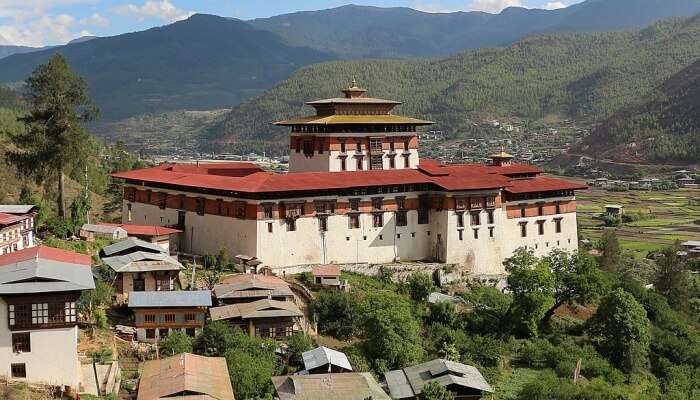

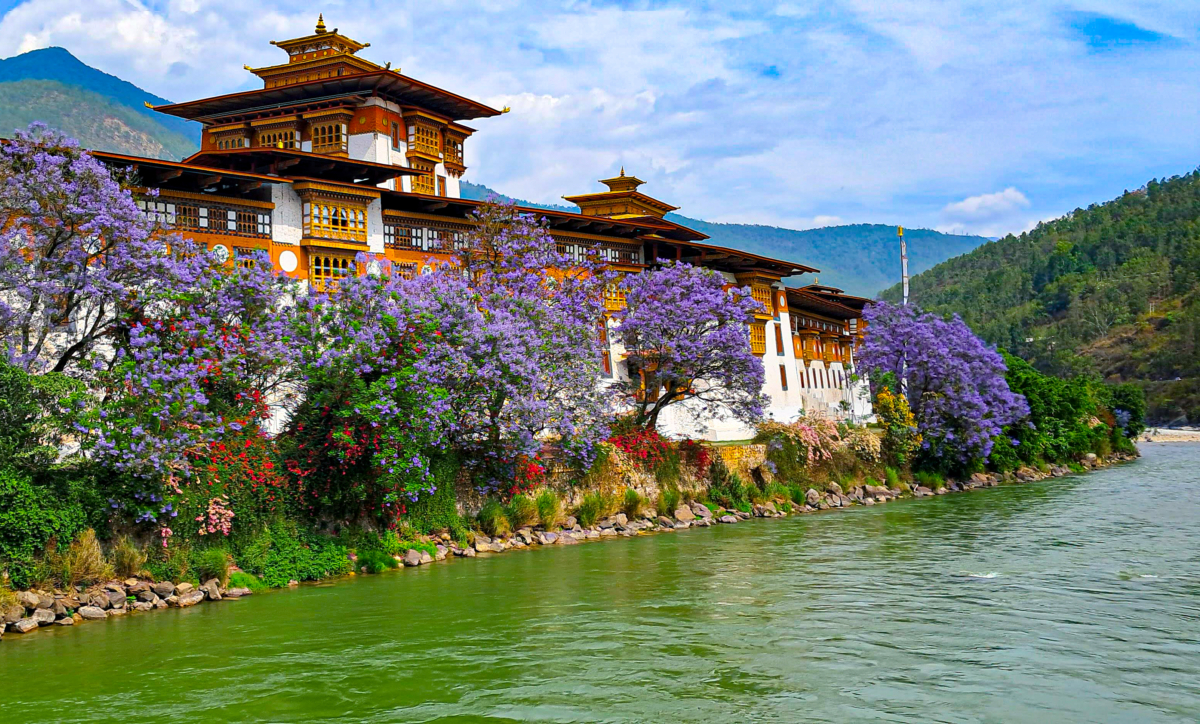
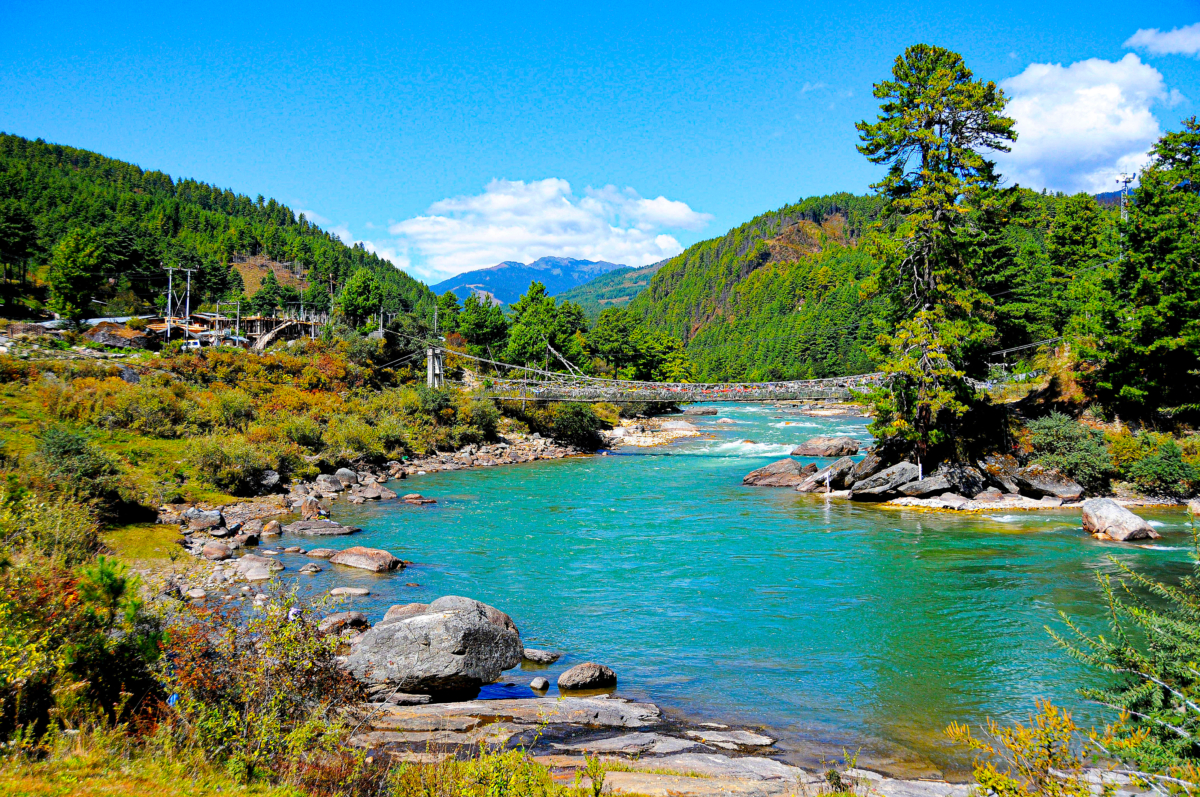
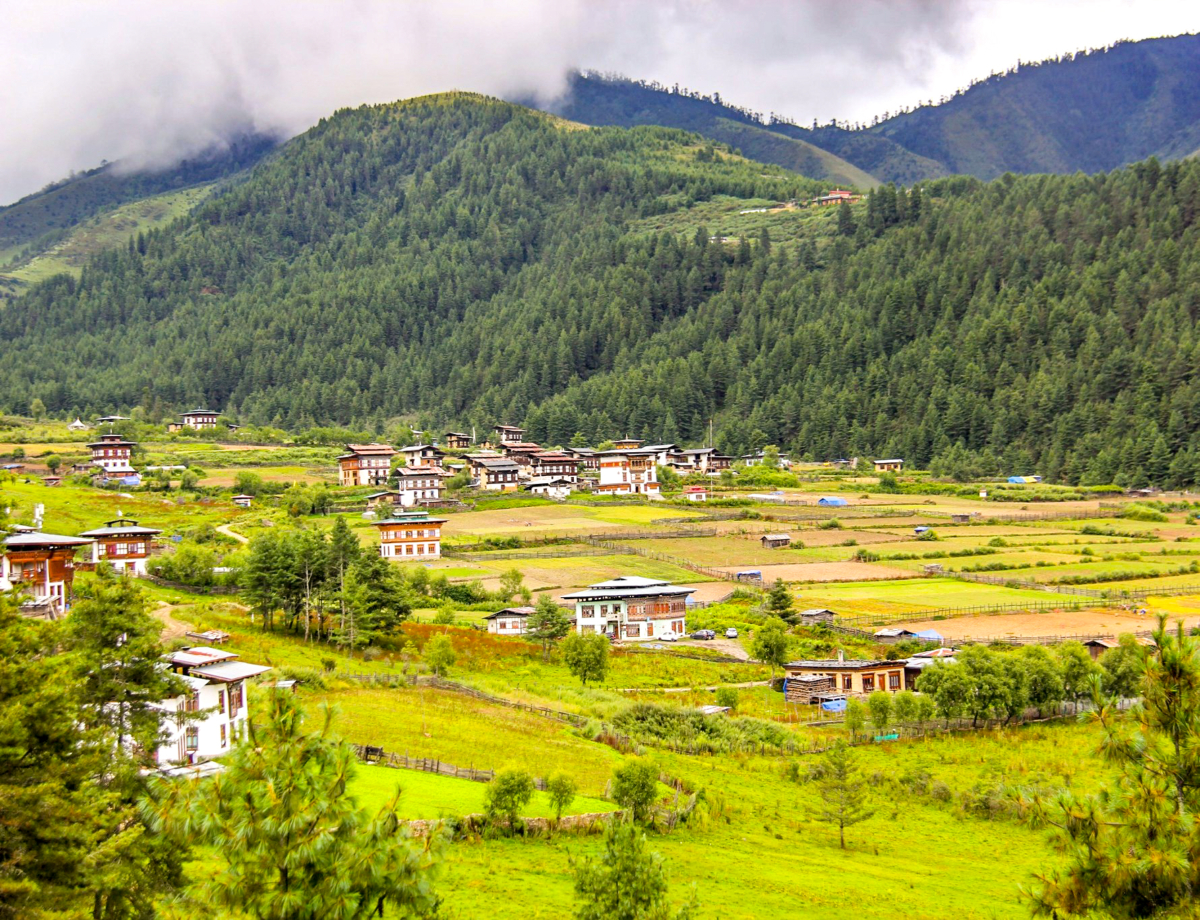

Comments
Post a Comment